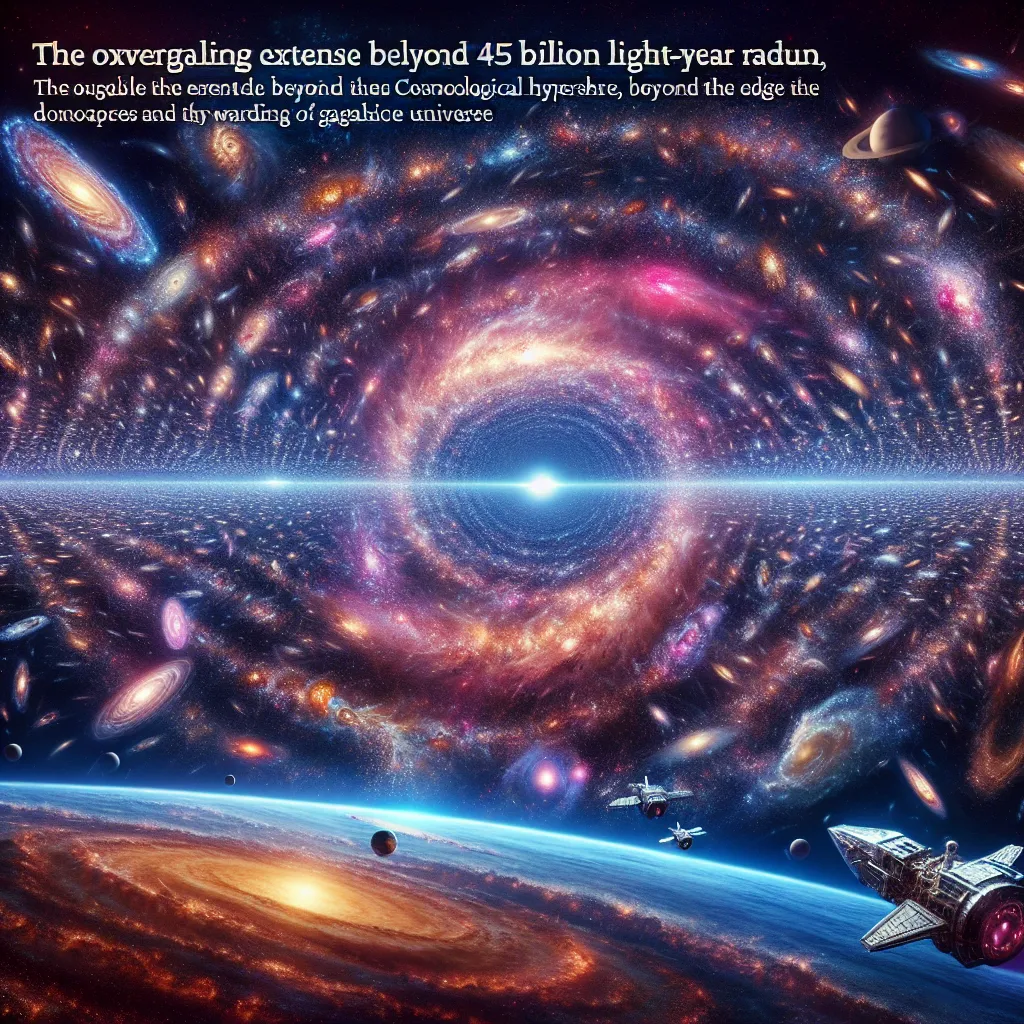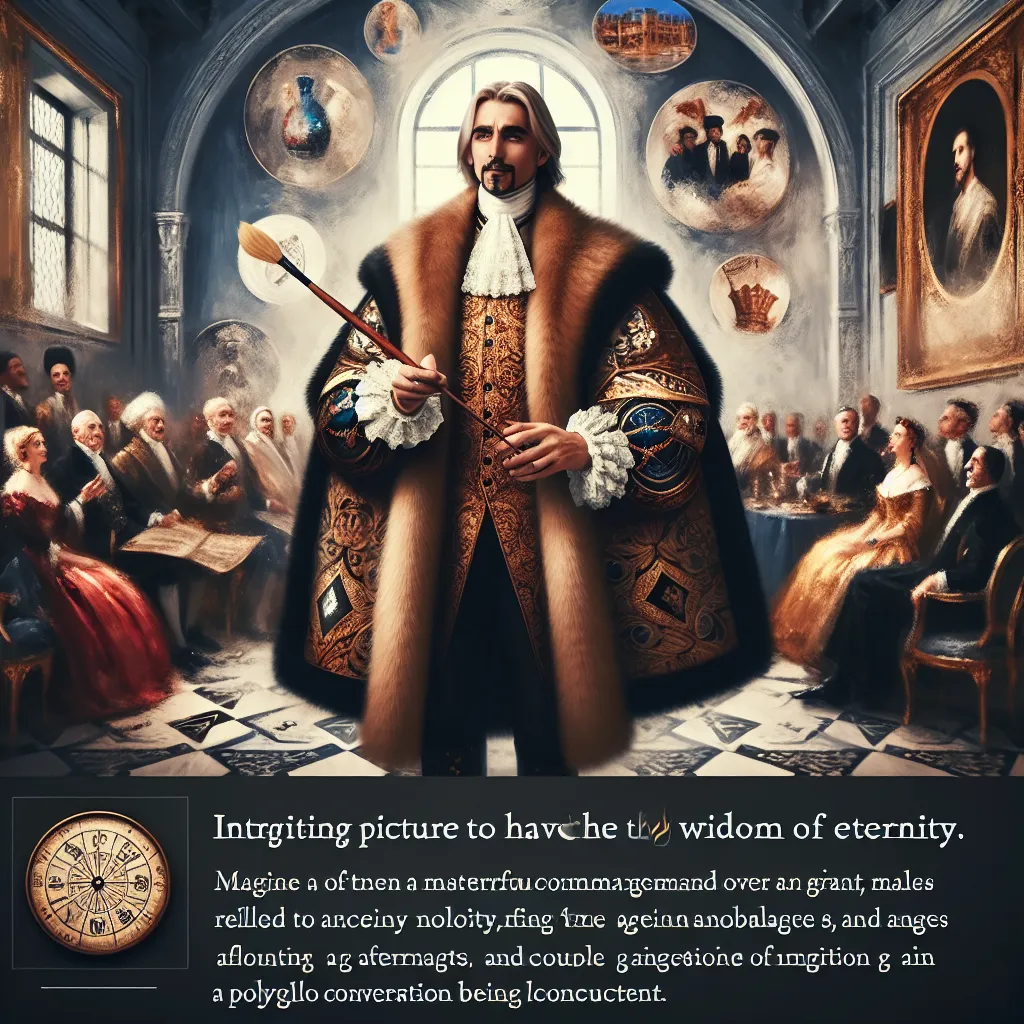Is the universe infinite? Does it have an edge? And if so, what would you see if you went there? We know the universe began 14 billion years ago and has been expanding ever since. So, if it’s expanding, doesn’t it have an edge? Well, sort of.
Since information can’t travel faster than light, we can only see parts of the universe whose light has reached us in those 14 billion years. This forms a sphere centered on us, known as the observable universe. Yet, because the universe has been expanding, the farthest things we can see are actually 45 billion lightyears away. So, the observable universe has a 45 billion light-year radius, containing about 200 billion galaxies, each with billions of stars.
For us, there is an edge, but it’s more like an edge in time – an edge where we can no longer see any further into the past. The real universe is likely much larger than we can see. But how much larger? There are two possibilities: the universe could either be really big but finite or truly infinite.
A finite universe would mean you could theoretically fill it with an enormous amount of ice cream. But this idea of a finite universe raises tricky questions. If there’s an edge, what’s beyond it? And how can there be anything outside everything? One solution is that the universe could be finite yet have no borders, like the surface of an orange. The universe might be a hypersphere, which would be impossible for us to visualize. Imagine a spaceship flying in a straight line and eventually returning to its starting point without hitting an edge.
Understanding this requires bending our minds. Gravity bends spacetime, and this bending could curve the universe back on itself, forming a hypersphere. But how big would this hypersphere be? Scientists think that if we can’t see a “universe horizon,” it must be at least 1,000 times bigger than what we can observe.
Another mind-bending theory is the hyperdonut universe, where space is like the frosting on a donut. In such a universe, flying in a straight line would also bring you back to the start, but different paths could take different times to complete. This would create a cosmic hall-of-mirrors effect where you could see events from multiple perspectives. This funky universe could be just a few times bigger than what we can observe, or it could be much larger. We just don’t know.
Now, let’s consider the idea of an infinite universe. Most scientists use a model that describes an infinite universe to study our observable chunk. An infinite universe has no borders and goes on forever, much like the space we can see, but infinitely extended. If space is infinite, everything in it, including planets, stars, and even possible aliens, would repeat at some point.
In such an infinite expanse, the chance of finding an exact copy of yourself is theoretically not zero. Though you’d have to travel an unimaginable distance, it is a possibility. Still, Earth and its current state are so unique and unlikely that finding an exact Earth would mean traveling endlessly far, perhaps forever.
In the end, whether the universe is finite or infinite, we’re left with tantalizing possibilities. For now, all we know for sure is that the universe we interact with is finite, and it has an observable edge in time. This finite universe is vast enough to hold endless dreams for us and our descendants, infinitely fulfilling our curiosity.






